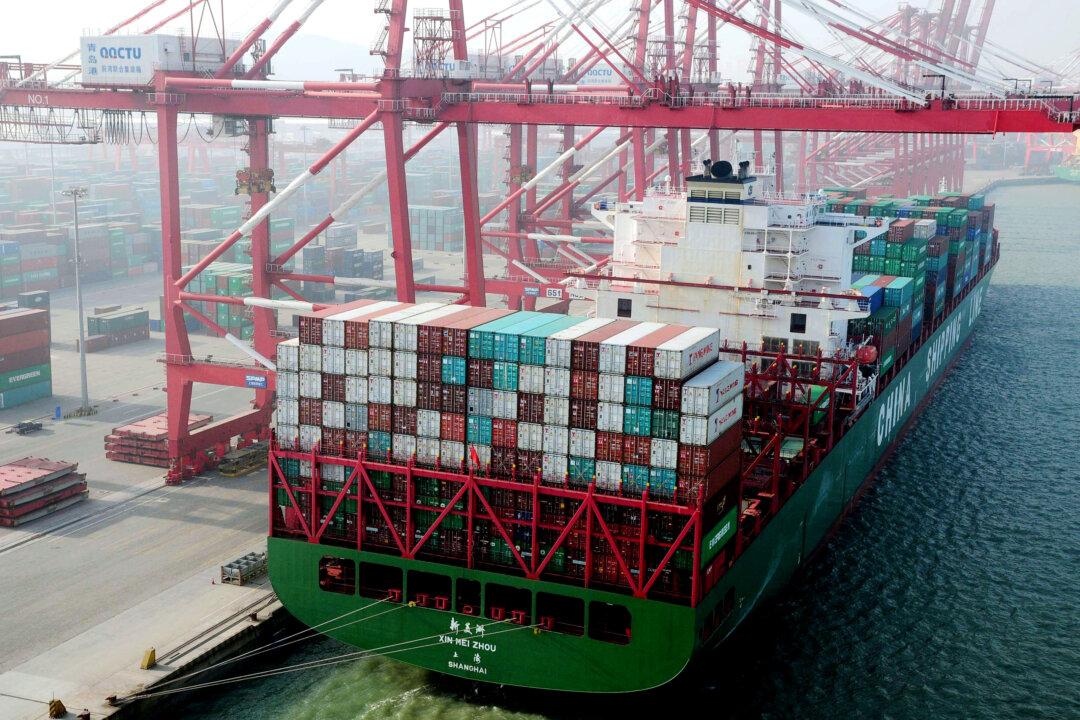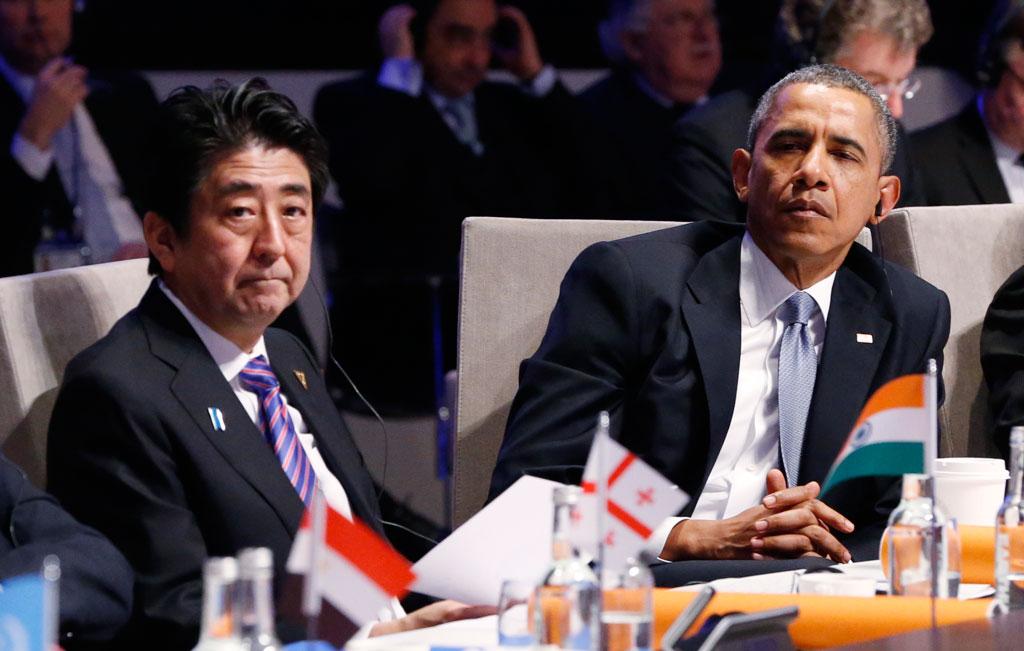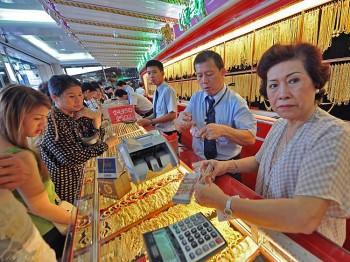The world economy has slowed substantially, and monetary stimulus is losing its punch. Several countries are employing negative interest rates to weaken their currencies and discourage capital inflows, even though these rates do little to boost real economic growth. Terrorist attacks in Europe and the refugee crisis emerging out of the Middle East add to the negative sentiment of the global economy.
Support for free trade will continue to falter unless countries enact reforms, managing exports and domestic production to encourage full employment and prevent stagnation. Preventing destabilizing terrorist attacks is a longer-term task.
On the economic front China, among others, is using increasingly strict measures to curb capital outflows—Chinese officials fear that excessive devaluations would reward speculators and spark capital outflows, but do not want to raise interest rates as that would further weaken China’s highly indebted firms and shaky banks.
Only the United States seems willing to exercise its own monetary tightening, using caution, while allowing the dollar to appreciate. Yet this stance hurts exporters and manufacturing. Its low share of manufacturing relative to services gives it a little room to maneuver.




